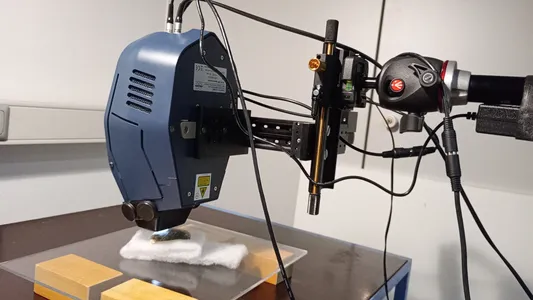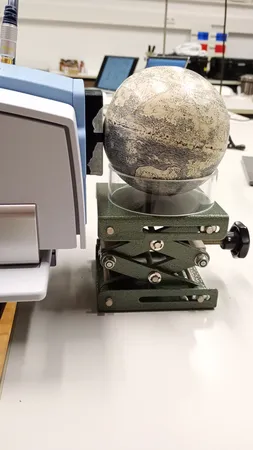Investigating Miniature globes: the replicas of the Hunt-Lenox Globe
The Hunt-Lenox Globe is one of the oldest known terrestrial globes, dated to the early 16th century. Made of copper and measuring approximately 11.2 centimeters in diameter, the globe is housed in the Rare Book Division of the New York Public Library. It holds particular significance as one of the earliest known globes to depict the New World, offering a rare window into early European cartographic imagination.
A recent publication (Der Hunt-Lenox Globe – Das Original und seine Kopien, by Martina Pippal, Thomas Horst, Catharina Blänsdorf and Maria Fernanda Falcon Martinez, in: Der Globusfreund. Wissenschaftliche Zeitschrift für Globenkunde, ed. by Jan Mokre/Internationale Coronelli-Gesellschaft für Globenkunde, 69/2025, Vienna 2024 (printed)/2025 (published), ISSN 0436-0664, p. 117–160.) has brought renewed attention to the historical importance and manufacturing techniques behind the Hunt-Lenox Globe, as well as to the existence of three replicas. Likely produced through the casting of synthetic materials, these replicas—each analyzed independently—have now become the focus of a collaborative research initiative, thanks to the generosity and willingness of their private owners.
To ensure consistent and comparable results, the three globes are currently being examined using in situ, non-destructive methods aimed at uncovering their material composition and structural characteristics. This comparative study is being conducted in cooperation with the Archäologische Staatssammlung and the Chair of Non-Destructive Testing at TUM, with active involvement from insiTUMlab. The goal of this investigation is to clarify the similarities and differences among the three replicas and to shed light on their production method—ultimately helping to uncover their origins and contextual significance within the lineage of the replica globe-making.


